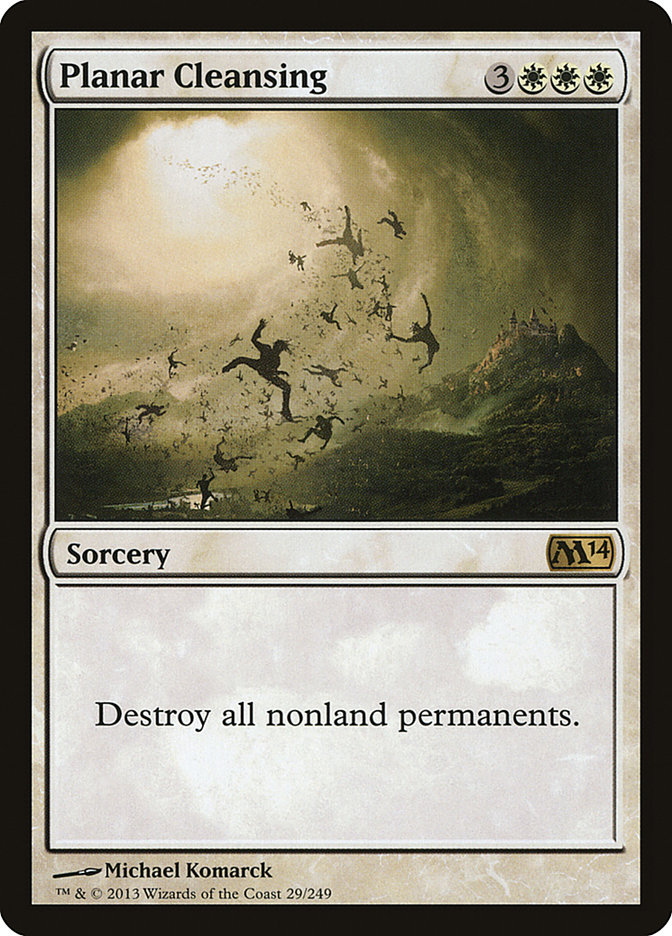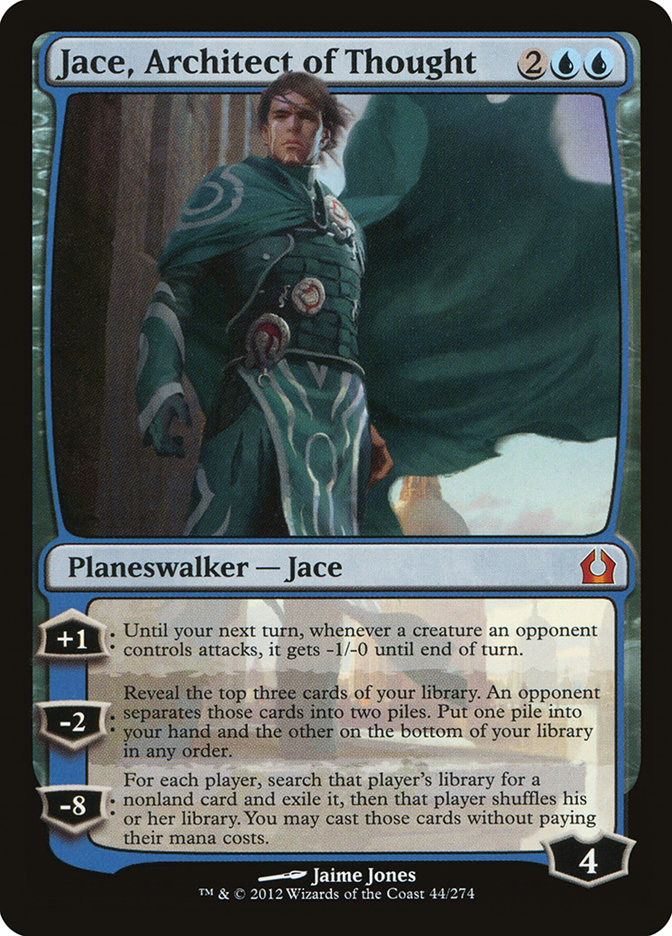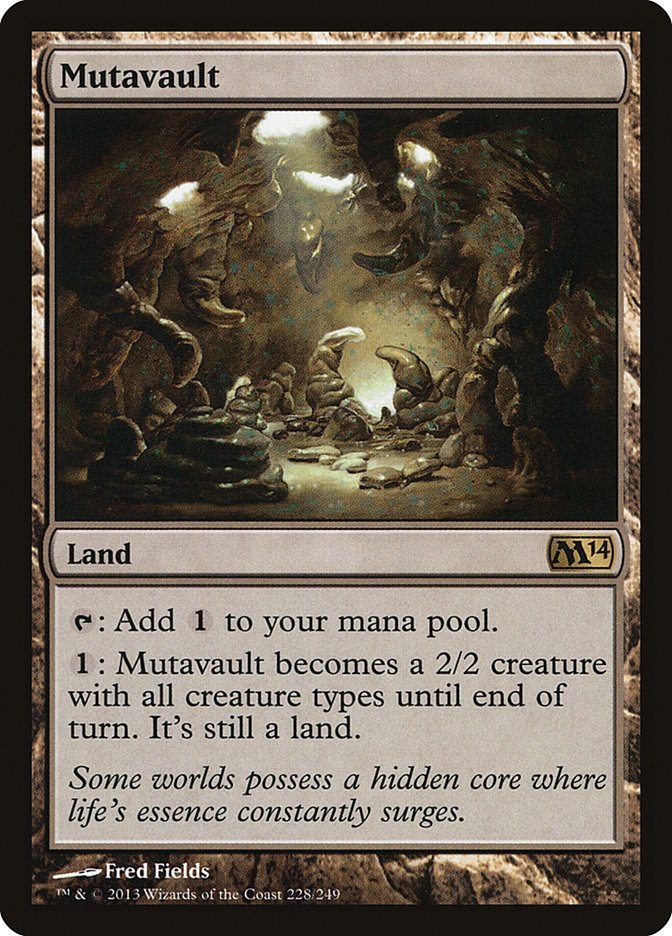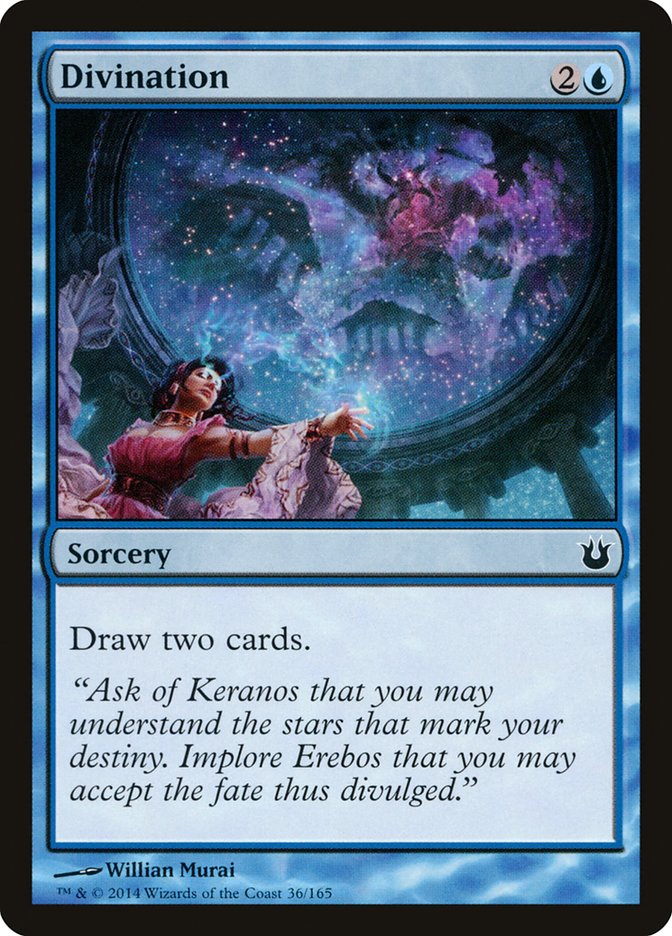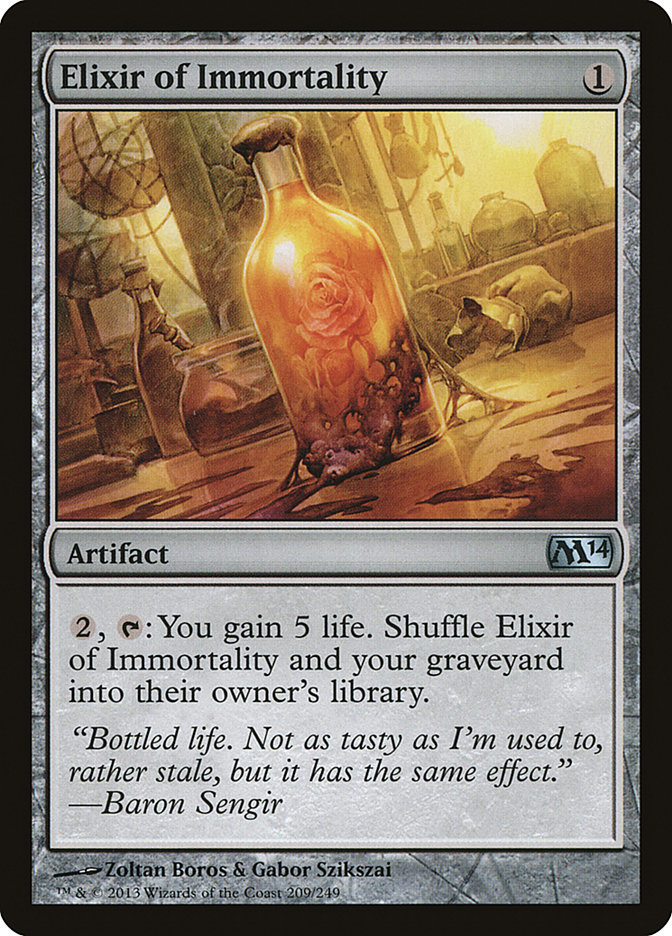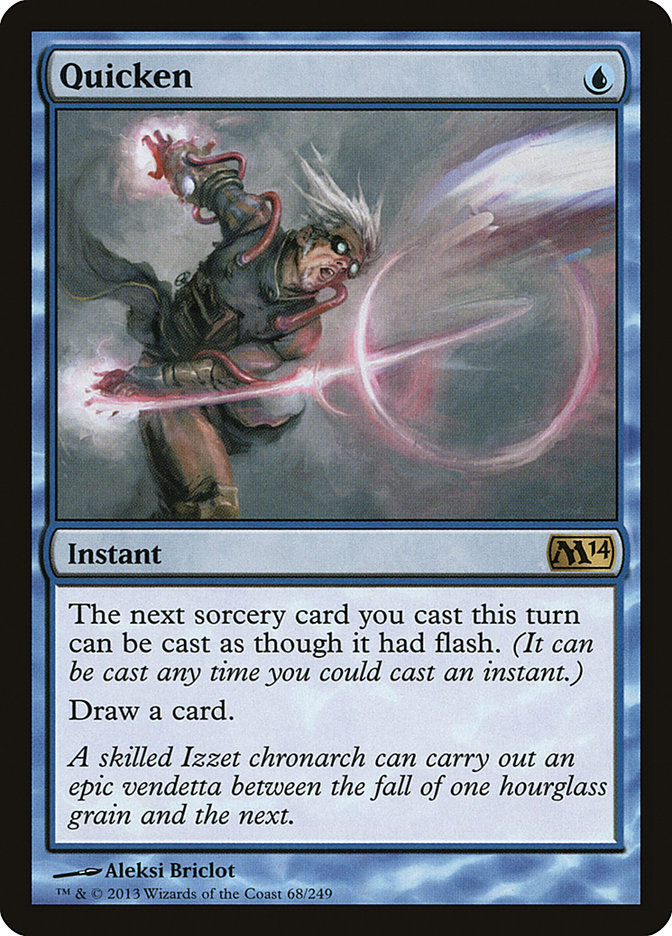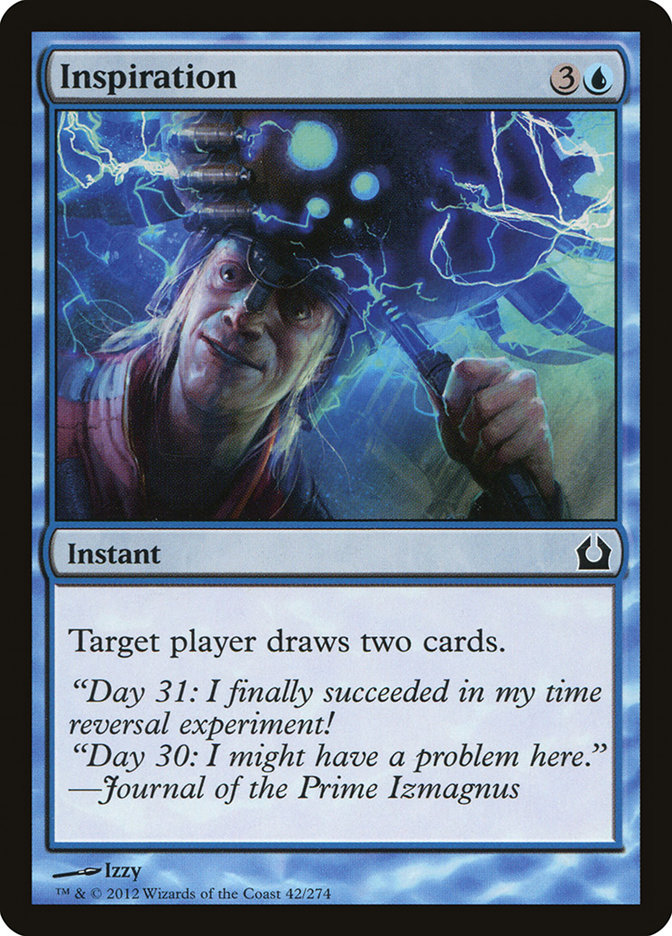Last Week
we took a long hard look at U/W Control and some of the problems it was having in Journey into Nyx Standard. To recap, the biggest problem of all was the
vulnerability of Detention Sphere to many cards in the new format such as Abrupt Decay, Banishing Light, Golgari Charm, and so on. Without a reliable
answer to many of the powerful non-creature permanents in the format like Underworld Connections and planeswalkers, we were falling behind and dying before
we could set up our superior late game.
My solution was to move away from Detention Sphere to the underutilized Planar Cleansing as a way to permanently rid ourselves of any permanent that might
trouble us. This required a slight retooling of the other elements of the deck as we had to add a bit more interaction to deal with cards that we usually
relied on Detention Sphere to answer. Negate and Wear/Tear got the call to the maindeck and Renounce the Guilds to the sideboard.
While my last article was all about theory, the last week has been all about practice. I’ve played in a Magic Online Daily Event, two IQs, and a Monday
Night Magic with various versions of the deck.
First up was a Magic Online Daily Event where I took the list right from the last article and jumped right in.
Creatures (1)
Planeswalkers (5)
Lands (27)
Spells (27)
- 2 Last Breath
- 2 Syncopate
- 1 Quicken
- 1 Negate
- 2 Divination
- 2 Planar Cleansing
- 4 Azorius Charm
- 4 Supreme Verdict
- 4 Sphinx's Revelation
- 1 Wear
- 4 Dissolve
Sideboard

While I did 4-0 the Daily Event, I felt that I was on the plus side of variance a few times, and the deck was still a bit off. The biggest issue was one I
didn’t have time to really get to last week:
I love Jace, Architect of Thought, but he’s had it really rough lately. Almost every deck has a card that can just kill him outright (such as Hero’s
Downfall, Detention Sphere, Ghor-Clan Rampager, or Banishing Light), which puts you in a very precarious situation when you want to cast him. Ideally, on a
board with any sort of pressure you would just play him, plus him, soak up the damage, and take over the game the following turn.
However because most decks have a way to kill him directly, this is a very risky line of play. Jace is your mid-game card draw engine, and you really need
him to be drawing you cards so you can make sure you are making all of your land drops into the late game. Because of this, it is very risky to just play
and plus your Jace into a potential Hero’s Downfall because if Jace is ever just a one-for-one trade he is most certainly not doing his job.
The other problem is how good Mutavault, and to a lesser extent haste creatures, are against Jace. Even if you are able to answer your opponents first two
threats with a Last Breath and a Dissolve, all they need to do in the first three turns of the game is lay a Mutavault so that you can no longer profitably
play your Jace and minus it even onto an empty board.
This leaves you in a really bad spot where neither Jace option is particularly good.
The amount of times I have had to play and minus a Jace onto a board where I couldn’t protect him nor risk not drawing any cards off him (due to him dying
to a Hero’s Downfall or something) has been extremely high over the last few weeks, and this is a huge problem. Like, a HUGE problem.
While Jace is still great against R/W Burn, Mono-Blue Devotion, and other decks that can’t kill it directly, and still a big factor in the mirror, I wanted
to lessen my reliance on it.
This moves us to the list I played in both Saturday and Sunday’s IQs:
Creatures (1)
Planeswalkers (4)
Lands (27)
Spells (28)

We moved in.
Considering I was often using Jace, Architect of Thought as a four-mana Divination anyway, it seemed to make much more sense to just actually play
Divination. The goal really is to just hit your land drops every single turn for the first seven or eight turns of the game so you can land a huge Sphinx’s
Revelation, and Divination does a good job of getting you there. It is also very good against the various Thoughtseize decks, where just making sure you
see more cards is very important. Having three extra sweepers in the deck helps to mitigate falling behind because of casting Divination a bit.
Divination can be a bit awkward on the draw, but we have nine spells we can cast on turn two to make it so we don’t have to discard from a turn three
Divination. In some matchups you can just wait on Divination for later in the game anyway and leave mana open for Syncopate/Dissolve.
I also changed the Wear / Tear from the last list to a Deicide, as the one mana wasn’t really worth being cold to Thassa, God of the Sea or any other
random god.
In the Saturday’s IQ I took a frustrating and non-representative loss to R/W Burn in Round 1, and then got a game loss Round 4 because I was watching my
boys Dave Reed and Joe Demestrio playing for top 8 in the adjacent PTQ and didn’t hear the round go up.
Lucky for me, I got to run it back Sunday, where I was able to split the Top 4.
Interestingly enough, on Sunday, I didn’t play against one deck which was even capable of casting Abrupt Decay, nor any Underworld Connections. This, of
course, stinks a bit as I wasn’t able to get a great feel for likely the most important matchup in the format. I also played against some Sphinx’s
Revelation mirrors, where my fewer Jaces – and ways to directly interact with my opponent’s Jaces – stood out a bit.
I also cast some absolutely brutal Planar Cleansings.
Monday, I played in a small local event, and because the event was essentially irrelevant, I decided to experiment with going super deep on the all-in
control plan:
Creatures (1)
Planeswalkers (1)
Lands (26)
Spells (32)

Because the deck had moved in such a spell-based direction and was doing a very good job of blanking opponents spells and sweeping the board, I wanted to
try an extreme control version of the deck.
I have been pretty vocal about not being a fan of Elixir of Immortality in these types of control decks, and while I still feel that way, it seemed like a
deck with so many sweepers and control elements might want the effect so I was willing to try it.
Quicken is a card that floats around control decks as an occasional one-of, but I wanted to see how it would play with the full set of Divinations to go
alongside the six sweepers. Being able to cast Divination end step is pretty nice, and of course instant speed wraths are very good against haste creatures
and Mutavault.
The problem with Quicken is the tension it creates. In order to add it to your deck, you need to cut more relevant spells, and then when you are actually
in-game you often just want to cycle it to make sure you make your land drops. Do you hold this Quicken and hope to draw a Supreme Verdict for the blowout?
Or do you just try and make sure you make your land drops?
The card Inspiration is also currently legal, and is essentially what you are working so hard to get with Quicken+Divination.
While you may laugh at the idea of playing Inspiration in Constructed, the card is not without pedigree:
Spells (33)

This is one of my favorite constructed decks ever, and it was an absolute force in Kamigawa-Mirrodin Standard.
I think I may have lost a grand total of six matches with that deck in like eight months on Magic Online; the deck was really sweet. While that was
obviously a different format, the fact is that sometimes you just want todraw cards at instant speed.
The issue with Inspiration, Divination, and Quicken, however, is that their relative power level is much lower than a card like Jace, Architect of Thought,
despite the fact that they may be better suited for the format. This becomes a huge problem when you play against decks that you have not really metagamed
for.
At the Monday Night Magic I played against a UWR Control deck in the first round sporting multiple Counterflux, Keranos, God of Storms, and its own Planar
Cleansings. While I was able to steal Game 1, and we ultimately drew, the deck as I had built it should never realistically be able to beat a few
Counterflux. At both IQs, I also played against a few odd decks where Detention Sphere and Jace, Architect of Thought would have been their old, powerful
selves.
While these aren’t really decks I expect at the Season Two Invitational in Columbus, there is always the risk of tuning too much and losing too much power.
Some other takeaways from the four tournaments:
– Renounce the Guilds has been fantastic. It is such a clean answer to both Detention Sphere, Obzedat, Ghost Council, Blood Baron of Vizkopa, R/G
planeswalkers, many random hybrid creatures, and so on for only two mana at instant speed.
– Two mana spells are very important if you are going to be playing the full set of Divinations as you really don’t want to have to discard if you cast it
turn three on the draw
– The full set of Mutavaults is important to help keep Jace under control in the control mirrors because you don’t have a direct way to kill it in the
mid-game.
– Planar Cleansing gets worse once your opponent knows you are playing it, which means they can clear our their Abrupt Decays and so on. This could be a
good argument for having them in the board and having some sort of large transformational plan.
So where does that leave us? Honestly, I’m not exactly sure. I feel like I am on the right track, but it is still very important to be able to answer an
early Underworld Connections from the black decks and still have the power to deal with more unexpected decks. This could mean more Deicides maindeck, or
possibly even moving the Planar Cleansing plan to the sideboard for the ole switcheroo.
A number of people have told me they’ve been trying the deck, and I’d love to hear how you are all doing and what kind of results you’ve been having. With
the Open Series in Providence this weekend and the Season Two Invitational on the horizon, time is running short!

